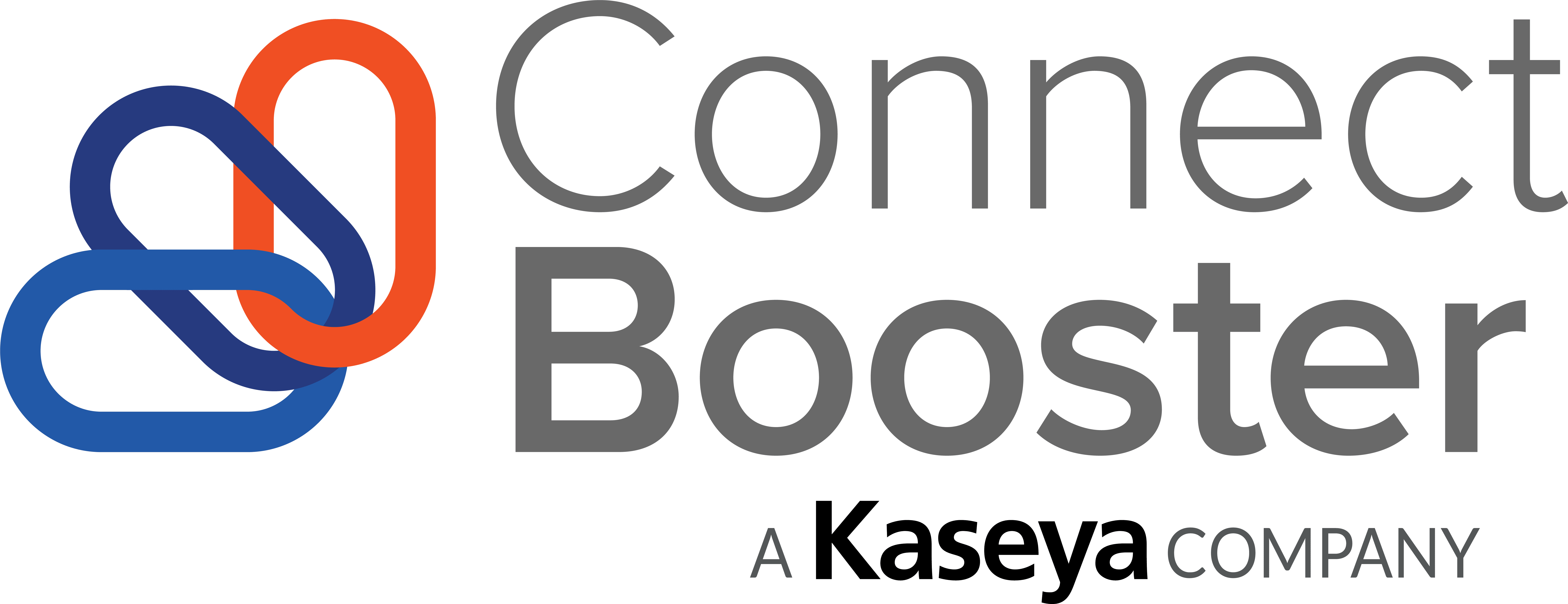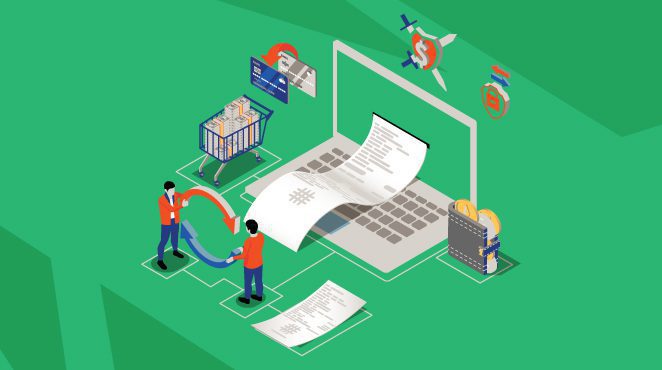The close of a sale is a momentous occasion. After agreeing to the terms of a new deal and signing the contract, most companies take a victory lap to celebrate the big win and bask in the glory that new revenue brings. Every MSP should enjoy that feeling.
However, in the managed services field, those parties are typically quite short. There are last-minute details to quickly finalize so team members can start working through their new client onboarding process. Closely reviewing and thoroughly completing each step improves an IT services firm’s chances of successful and happy engagement.
The MSP onboarding checklist is a crucial tool for ensuring client success. From exploring their current technology and business environment to implementing a series of checks and balances and other measures, this process helps IT service providers establish a solid foundation with new customers. This depth of communication at the front end of client relationships can ease the transition and create new opportunities for both organizations.
An MSP Onboarding Checklist has Three Key Ingredients
Processes can be the difference between gaining and losing sales. Organized and refined methodologies for bringing on a new client and introducing them to new policies and procedures increases an MSP’s likelihood of establishing a strong customer relationship.
Knowledge, standards and commitment are the three essential ingredients. An MSP’s onboarding checklist must effectively address each of those areas to be sure new clients (and all their employees) understand the various roles and responsibilities. In the increasingly more difficult to control IT ecosystem, team buy-in on both sides of the relationship is essential to keeping everyone and everything secure and online.
This process requires clear communication, comprehensive knowledge of clients and their systems, and a coordinated approach for resolving potential issues and taking advantage of new opportunities. A well-crafted MSP onboarding checklist will help accomplish all three objectives.

Build It Before They Come
As with any tool, preparation and repetition increase success. Every firm selling managed services should document and refine its processes and best practices for bringing on new customers. No two clients are the same, so assessing and capturing details on workflow, technology systems and other business procedures and goals are essential first steps. Before an IT services team can provide the best possible support, they need to know what the client’s company does and how most of the moving parts fit together.
An MSP onboarding checklist provides that assurance. Each step should help IT services professionals extract critical information, instill a process or connect people to the proper resources and ensure a smooth transition from sales. These digital documents or applications (paper tends to create silos) form introductory guides between the provider and the new customer, formalize the relationship and strengthen the connection.
Critical Steps in the Process
Building an onboarding checklist for an MSP will take some time and effort. However, that process should not be complicated for experienced technical professionals accustomed to identifying their clients’ IT and business-specific details and needs. The list must cover several critical action items, including:
- Review onboarding policies and procedures. Team members should periodically examine and update the processes, questionnaires, applications and other materials included on the MSP onboarding checklist. Before the handoff call, sales and account managers and IT service providers should discuss the new client’s business, including their goals, requirements, technologies and people. They should review the Service Level Agreement (SLA), as well. What are their IT needs? Are there any anomalies? Do they have a disaster recovery plan? Did they complete a pre-sales security assessment? Internal teams must have answers to these questions and should compile any additional questions before joining an onboarding meeting.
- Establish payment protocols and set client expectations. One critical step before completing a new handoff is to ensure the sales team clearly explains and gains agreement on the financial terms of the relationship. The account manager must be a part of that conversation and have access to related correspondence in case issues or misunderstandings arise at a later point. This is also a great time to set up new customers with autopay using a secure payment platform like ConnectBooster. Every client should understand the invoicing process and all terms and conditions. Setting proper expectations helps minimize late or non-payments and reduces the risk of disagreements.
- Designate an account manager. This point may seem obvious, but every client should be assigned a primary contact at an MSP, with secondary individuals as backups or to handle specific issues or assist in the delivery of services. The account manager is a customer advocate who is responsible for all related customer-facing activities, including project oversight and periodic business review meetings.
- Provide new clients with an onboarding questionnaire. While sales typically uncover current technology requirements before closing new business, further exploration fills information gaps. What information is missing? An onboarding questionnaire helps to confirm details and answers longer-term questions. Before the handoff, account managers should send decision-makers and other stakeholders an online survey with a list of critical questions. Each item must be pertinent to the client/MSP relationship and include a text box to provide details. Tools such as HubSpot, SurveyMonkey, Google Forms, SurveySparrow and Typeform (find more options here) make it easy to create and distribute questions and collect the results. A Customer Relationship Management (CRM) platform provides users with similar capabilities and can directly drop the information into the account. If automated or online questionnaires are unavailable, MSPs can send new clients a list of questions in a spreadsheet or text document and import the results to the CRM. This manual step could add time and labor costs to the process and increase the chances of input errors, so it should be a last resort for MSPs.
- Make introductions and fill information gaps. The main goal of handoff calls or kickoff meetings is to bring together the primary players on the client and IT services side of the relationship. Typically, this is the most critical action on the client onboarding checklist. In addition to learning the names and faces of each person, they should use this time to continue to fill in voids from previous conversations and data collection processes. While the sales team and questionnaires gather a significant amount of vital account information, decision-makers often forget things or fail to understand what they view as “IT questions,” leaving knowledge gaps that may affect the relationship. A solid client management handoff call addresses those potential issues and builds a solid foundation for long-term success.
- Document, document, document. What good is information if no one enters it in a Customer Relationship Management system or other account tracking app? These tools are only as good as the information they contain. The IT services team should create detailed documentation for existing processes, workflow, responsibilities and other critical variables in a new client’s business, starting with the names of key contacts on both sides of the relationship. Providers should also collect the following information as part of the MSP onboarding checklist:
- Final contract details
- Customer contacts
- Administrative passwords
- Service tier or support level
- Inventory of IT equipment, including mobile devices, network appliances and backup systems
- Current software license contracts and business applications
- Existing agreements with internet service providers and managed service providers
- Active documentation for current systems and the network infrastructure, including backup routines, VPN access and firewall configuration
- The results of all onboarding questionnaires
- Server, laptop, PC and other equipment specifications
- Compliance requirements
- Hours of operations (for each location, as well as availability for WFH environments)
- Third-party support in tech-related areas, including physical security, printers, VOIP devices and teleconferencing tools
- Hardware warranties
- Leasing and service contracts
- Create a custom welcome program. An optional but useful item on the MSP onboarding checklist, this step involves creating and delivering a package of tip sheets, contact information, and other useful documents and materials for new customers. Additionally, account managers could send company-branded merchandise, such as mugs, mousepads or magnets, or host a lunch-time meet and greet. The goal of a welcome program is to show appreciation and bring end-users up-to-speed on how your team will support their critical business needs. This step may occur at the close of the contract to gather additional information or after the onboarding process is complete.
- Prepare the technology transition. Each new client should receive a comprehensive plan of action and schedule to ensure a smooth technology transition from the previous provider (if applicable). Because these steps can be complex, communication is critical. MSPs need to develop and communicate the plan, import the data, set up new monitoring systems and user privileges, configure access devices, install remote monitoring solutions, and update applications and the network environment.
- Complete the transition. This point after the sale is where MSPs can make or break the new relationship. So much can go wrong when services providers switch clients over to new systems, reconfigure existing server services and software, and reset passwords and IP-enabled devices. Remote access is just the first step. Orchestrating those changes requires careful planning and execution by the MSP and strong participation, training and education by the end-users. Every MSP should have and follow a best practice guide when making these transitions.
Onboarding Never Ends
After everything is up and running, engagement shifts from tactical to strategic. The technical team steps back into a support role while the account manager evaluates, monitors and responds to potential issues and “handholds” new clients as they adapt to changes in their IT environment. These client management responsibilities and processes never end.
While MSPs may add new service accounts and technologies to the customers’ IT ecosystems and tweak work environments, they often employ similar processes at regular intervals during their client engagements.
Most customers will stick around when IT services teams work to develop strong relationships and deliver quality service. An effective MSP onboarding checklist, even with basic details, can help turn that concept into reality.
ConnectBooster is a scalable solution that fixes your cash flow. We’re trusted by thousands of service providers to get paid on time, every time, all while saving time. Schedule a demo to see ConnectBooster in action or contact us.

